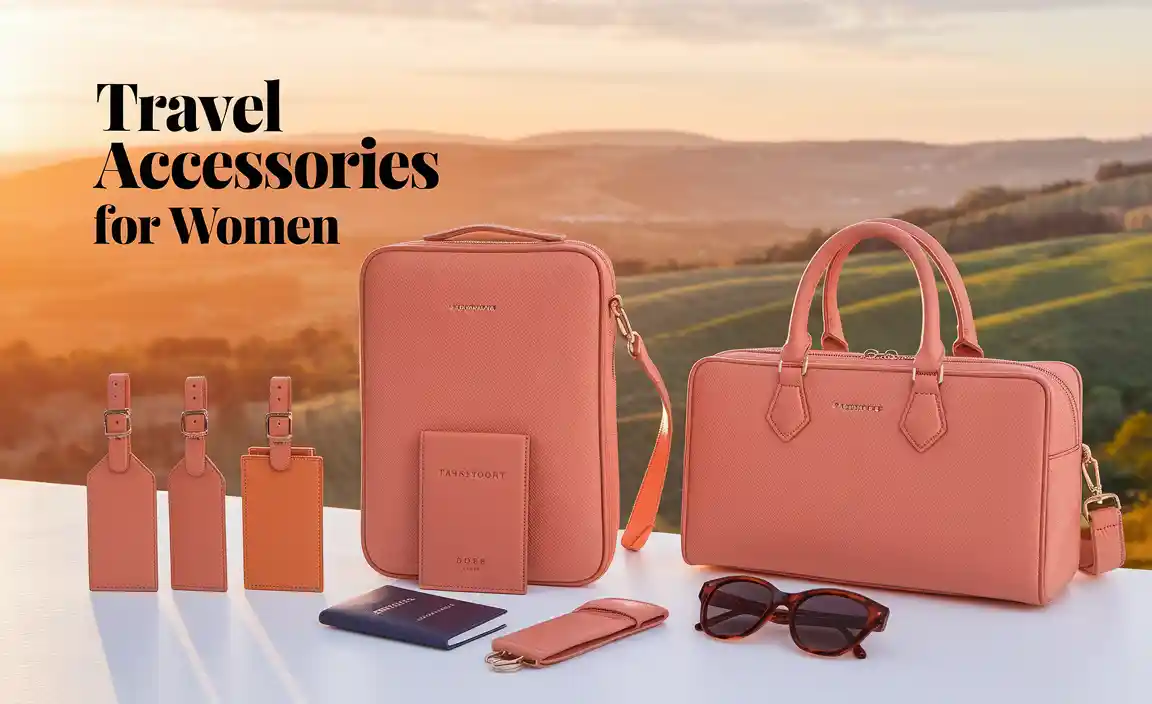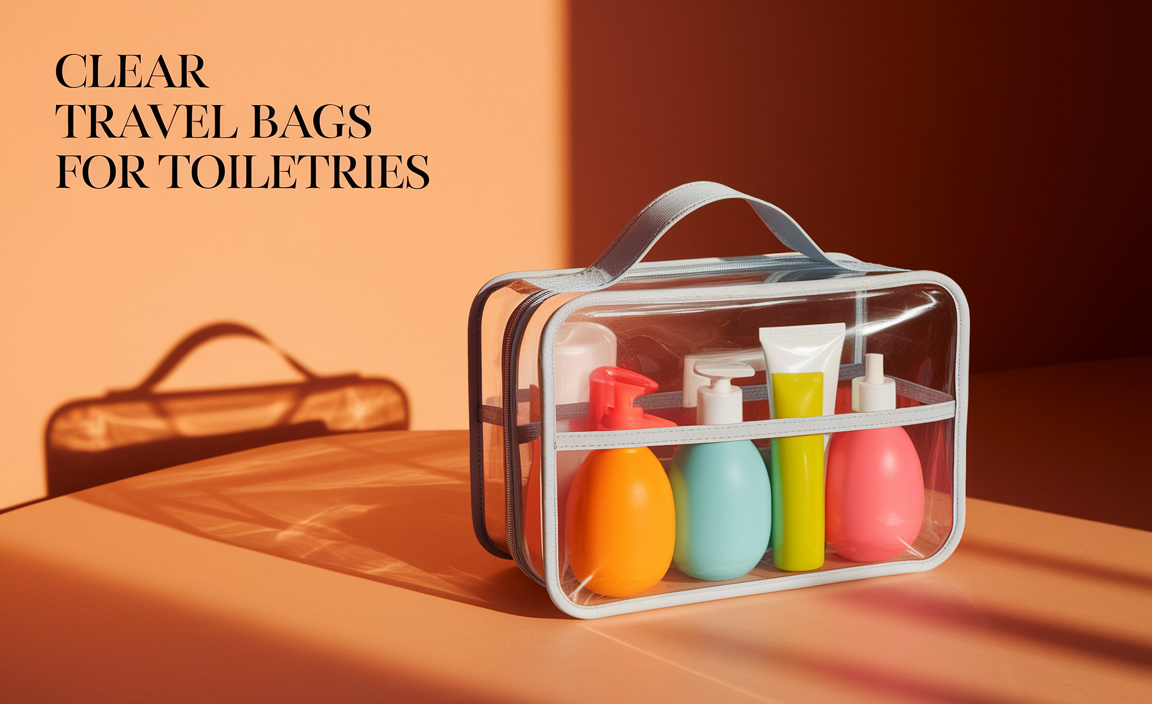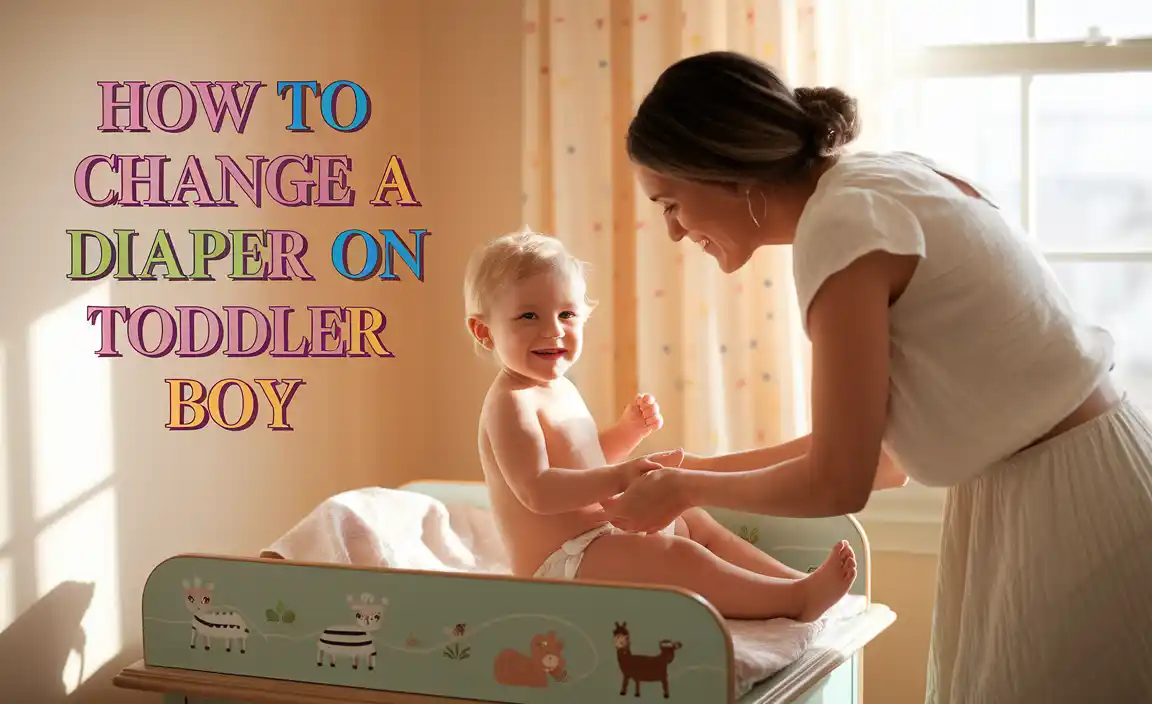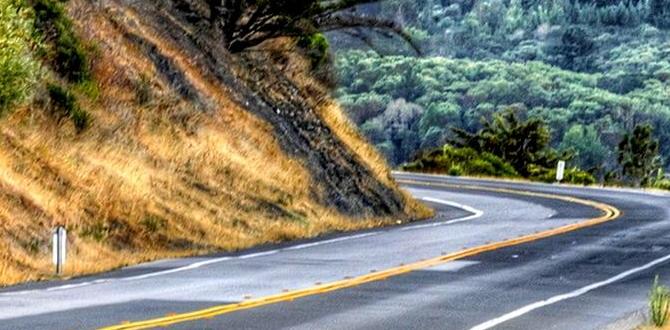The best neighborhoods to stay in Austria depend on your travel style and interests. For most first-time visitors, staying in Vienna’s Innere Stadt offers unparalleled access to imperial history and iconic sights. Families might prefer areas with charming parks and family-friendly amenities, while budget travelers might find quieter, well-connected districts more appealing. This guide helps you find your perfect Austrian home base.
Planning a trip to Austria is exciting! You might be wondering, “Where should I stay?” It’s a common question because Austria has so much to offer, from bustling city centers to serene mountain villages. Picking the right neighborhood can truly make or break your travel experience. It affects how close you are to attractions, how easy it is to get around, and even the overall vibe of your vacation. Don’t worry, finding the perfect spot isn’t as complicated as it seems. We’ll guide you through the best neighborhoods, making your planning simple and stress-free, so you can focus on enjoying Austria’s beauty and culture.
Vienna: The Imperial Heart
Vienna, Austria’s capital, is a city steeped in history and culture, with much to explore. When choosing where to stay in Vienna, consider what you want to experience most. The city is divided into districts, each with its own unique character.
Innere Stadt (District 1): The Historic Center
This is the absolute core of Vienna, a UNESCO World Heritage site, and where most of Vienna’s most famous landmarks are located. Think of it as the postcard-perfect Vienna.
Why Stay Here?
Proximity to Attractions: You’re within walking distance of St. Stephen’s Cathedral, the Hofburg Imperial Palace, the Spanish Riding School, and numerous museums.
Atmosphere: Experience the grandeur of imperial Vienna with its elegant architecture, charming cobblestone streets, and lively squares.
Convenience: Excellent public transport links make it easy to explore other parts of the city.
Shopping and Dining: High-end boutiques, traditional coffee houses, and award-winning restaurants abound.
Considerations:
Cost: This is generally the most expensive area for accommodation.
Crowds: It can get very busy, especially during peak tourist season.
Who is it best for? First-time visitors, history buffs, culture enthusiasts, and those who want to be in the absolute center of the action.
Leopoldstadt (District 2): The Trendy & Bohemian Vibe
Across the Danube Canal from the Innere Stadt, Leopoldstadt is a rapidly developing district that blends traditional charm with a modern, creative energy.
Why Stay Here?
Vibrant Atmosphere: Known for its colorful nightlife, trendy cafes, ruin bars, and a burgeoning culinary scene.
Green Spaces: Home to the Prater, a large public park famous for its Giant Ferris Wheel and amusement park, and the Donauinsel (Danube Island), perfect for outdoor activities.
Affordability: Often offers more budget-friendly accommodation options compared to the Innere Stadt.
Good Transport Links: Well-connected by public transport, making it easy to reach other districts.
Considerations:
Distance to Main Sights: While well-connected, it’s not directly in the historical center. You’ll need to use public transport to reach many top attractions in District 1.
Who is it best for? Younger travelers, digital nomads, those seeking a lively nightlife, and visitors looking for a more local, less touristy feel at a potentially better price point.
Wieden (District 4) & Mariahilf (District 6): The Bohemian & Shopping Hubs
These adjacent districts offer a fantastic mix of local life, interesting shops, and great dining without the Innere Stadt’s high prices.
Why Stay Here?
Mariahilfer Straße: In District 6, this is Vienna’s premier shopping street, lined with international brands, department stores, and smaller boutiques.
Naschmarkt: Vienna’s most famous market, a vibrant hub of food stalls offering international and local delicacies, as well as flea markets on Saturdays. Located between Wieden and Mariahilf.
Cultural Attractions: Home to the Wien Museum, the Haus des Meeres (Aquarium and Zoo), and numerous theaters and galleries.
Local Charm: Both districts have beautiful architecture, independent shops, and a strong local feel.
Connectivity: Excellent U-Bahn (subway) connections.
Considerations:
Can be Busy: Mariahilfer Straße, in particular, can be very crowded with shoppers.
Street Noise: Some accommodations might be near busy streets.
Who is it best for? Shoppers, foodies, those who enjoy a lively urban atmosphere, and travelers looking for a good balance of convenience and local experience.
Neubau (District 7): The Creative & Chic Quarter
Adjacent to Mariahilf, Neubau is known for its independent boutiques, vintage shops, art galleries, and a more relaxed, hip atmosphere.
Why Stay Here?
Independent Spirit: Explore unique fashion, quirky cafes, and artisan workshops.
MuseumsQuartier: Part of this world-renowned cultural complex, housing institutions like the Leopold Museum and mumok (Museum of Modern Art Vienna), is located here.
Trendy Eateries: A wide selection of diverse and innovative restaurants and bars.
Less Touristy: Offers a glimpse into Viennese daily life with fewer overt tourist crowds.
Considerations:
Quieter Nightlife: While it has great cafes and bars, the intense nightlife scene is more prevalent in Leopoldstadt.
Who is it best for? Art lovers, fashion-forward individuals, those seeking a bohemian and creative environment, and travelers who appreciate a more laid-back vibe.
Salzburg: The Sound of Music & Baroque Splendor
Salzburg, the birthplace of Mozart and the setting of “The Sound of Music,” is a city of exquisite Baroque architecture and stunning alpine scenery.
Altstadt (Old Town): UNESCO Charm
The historic Old Town of Salzburg is a designated UNESCO World Heritage site and is incredibly beautiful and walkable.
Why Stay Here?
Atmosphere: Immerse yourself in the magic of Salzburg with its narrow, winding streets, charming squares, and magnificent Baroque buildings.
Landmarks: You’re steps away from Mozart’s Birthplace, Salzburg Cathedral, the Getreidegasse (famous for its wrought-iron signs), and Hohensalzburg Fortress.
“Sound of Music” Scenery: Many of the iconic locations are within or easily accessible from the Old Town.
Convenience: Most shops, restaurants, and essential services are located here.
Considerations:
Cost: Accommodation can be pricier due to its prime location.
Crowds: The Old Town can get very busy, especially during summer and around Christmas markets.
Vehicle Access: Parts of the Old Town are pedestrian-only, so you may need to walk a short distance from parking or transport.
Who is it best for? First-time visitors, “Sound of Music” fans, music lovers, and those who want to be right in the heart of Salzburg’s historical beauty.
Mönchsberg & Kapuzinerberg Foothills: Serene Views
These hills offer a slightly elevated perspective and a more tranquil experience while still being very close to the Old Town.
Why Stay Here?
Stunning Views: Enjoy panoramic vistas of the city and the surrounding mountains.
Peace and Quiet: Offers a more relaxed atmosphere away from the direct hustle and bustle of the Old Town.
Nature Access: Easy access to walking paths and hiking trails.
Proximity: Still walkable to the Old Town, often just a 10-20 minute stroll.
Considerations:
Hills: You’ll encounter inclines, which might be a consideration if you have mobility issues.
Fewer Amenities: Fewer shops and restaurants directly in the immediate vicinity compared to the Old Town.
Who is it best for? Travelers seeking tranquility, nature lovers, photographers, and those who don’t mind a short walk to reach the main attractions.
Elisabeth-Vorstadt (near Salzburg Main Station): Convenience and Value
This district, located just north of the Old Town, is the modern hub of Salzburg, centered around the train station.
Why Stay Here?
Transport Hub: Ideal if you’re arriving by train or planning day trips to other Austrian destinations like Hallstatt or the Salzkammergut region.
Affordability: Generally offers more budget-friendly hotel options than the Old Town.
Amenities: Good selection of shops, supermarkets, and restaurants catering to locals and travelers.
Walkable: A short walk (about 15-20 minutes) or a quick bus ride to the Old Town.
Considerations:
Less Scenic: Lacks the historical charm and picturesque Baroque architecture of the Old Town.
Might feel more modern/commercial: It’s a practical choice rather than a visually stunning one.
Who is it best for? Budget travelers, those prioritizing easy transport access for onward journeys, or visitors who prefer to stay a short distance from the most touristy areas.
Innsbruck: The Alpine Capital
Nestled in the heart of the Alps, Innsbruck is renowned for its stunning mountain backdrop and vibrant city life.
Altstadt (Old Town): Majestic Mountain Views
Innsbruck’s Old Town is famously picturesque, framed by snow-capped peaks.
Why Stay Here?
Iconic Landmarks: Home to the Golden Roof, Imperial Palace, City Tower, and the colorful houses along the Inn River.
Alpine Scenery: Unbeatable views of the Nordkette mountain range right from your doorstep.
Walkability: The compact Old Town is easily explored on foot.
Atmosphere: A charming blend of imperial history and Tyrolean culture.
Considerations:
Cost: Can be more expensive, especially right in the heart of the tourist zone.
Winter Focus: While beautiful year-round, many visitors come for winter sports, which can influence prices and availability.
Who is it best for? Those seeking breathtaking mountain views, history enthusiasts, hikers and skiers preparing for mountain excursions.
Wilten (District 3): Local Feel & Proximity
South of the Old Town, Wilten is a charming district that offers a more local feel while still being very close to the action.
Why Stay Here?
Peaceful Atmosphere: Quieter than the immediate Old Town area, offering a more relaxed stay.
Proximity: Easily walkable to the Old Town and the main train station (about 10-15 minutes).
Local Life: Experience a neighborhood with local shops, residences, and churches like the Wiltener Basilika.
Access to Nature: Close to the southern outskirts and trails heading into the mountains.
Considerations:
Fewer Tourist Amenities: You’ll find fewer souvenir shops and tourist-focused restaurants.
Who is it best for? Travelers seeking a balance between convenience and a more authentic local experience, families, and those who appreciate a quieter base.
St. Nikolaus & Gebhard (District 2) & Hötting (District 5): Riverside Charm
These districts are located on the western side of the Inn River, offering lovely views and a slightly different perspective of the city.
Why Stay Here?
Riverside Walks: Enjoy pleasant strolls along the Inn River.
Views of the Old Town: You get fantastic perspectives looking back at the Old Town and the Golden Roof.
Local Feel: Primarily residential areas with a more local Austrian feel.
Accessibility: Generally good public transport links to the city center.
Considerations:
Distance: A bit further from some of the core Old Town attractions, though usually a manageable walk or short bus ride.
Who is it best for? Travelers who prefer a quieter, more residential area, those who enjoy riverside scenery, and visitors looking for a more local experience.
Hallstatt: The Fairytale Village
While Hallstatt is exceptionally charming, its unique nature means accommodation choices are limited and book up far in advance.
The Village Center: Immersive Experience
Staying directly in Hallstatt village itself is the ultimate way to experience its magic.
Why Stay Here?
Unmatched Atmosphere: Wake up to the stunning lake and mountain views, and wander the picturesque streets after day-trippers have left.
Iconic Views: Access to the most famous photographic spots right outside your door.
Tranquility: Experience the village at its most peaceful during early mornings and evenings.
Considerations:
Extremely Limited & Expensive: Accommodation is scarce and very costly. Booking months, even a year, in advance is essential.
Crowds During the Day: The village receives many day visitors, making it busy from late morning to late afternoon.
Limited Access: Cars are restricted within the village core.
Who is it best for? Those prioritizing an unforgettable, immersive experience and who book well in advance. This is more of a splurge or romantic getaway choice.
Obertraun & Bad Goisern: Practical Alternatives
These nearby villages are excellent alternatives if you want to experience the Hallstatt region without the direct village price tag or crowding.
Why Stay Here?
Affordability: Generally more budget-friendly than Hallstatt village.
Availability: Easier to find accommodation, especially closer to your travel dates.
Access to the Region: Both are very close to Hallstatt (a short public transport ride away) and offer their own attractions. Obertraun has the Dachstein Krippenstein cable car, and Bad Goisern has healing waters and is a great base for cycling.
Peaceful: Offer a more relaxed pace of life.
Considerations:
Not “In” Hallstatt: You won’t have the instant immersion of staying in the village itself. You’ll need to travel to Hallstatt for its core attractions.
Fewer “Iconic” Photos: Your immediate surroundings won’t be the directly recognizable Hallstatt street scenes.
Who is it best for? Budget travelers, those seeking more accommodation options, families, and visitors who want to explore the wider Salzkammergut region.
Choosing Your Austrian Neighborhood: Quick Checklist
To help you decide, consider these questions:
What is your primary reason for visiting Austria? (History, culture, nature, relaxation, nightlife, shopping?)
What is your budget for accommodation? (Luxury, mid-range, budget-friendly?)
How important is it to be within walking distance of major attractions?
Do you prefer a bustling atmosphere or a quieter, more local feel?
Are you traveling solo, as a couple, with family, or with friends?
What are your transportation plans? (Will you rely on public transport, or do you have a car?)
Packing Essentials for Stress-Free Travel
No matter where you choose to stay, being prepared is key to a comfortable trip. As someone who’s learned a thing or two about travel comfort, I always recommend packing smart. For an Austrian adventure, consider:
Comfortable Walking Shoes: You’ll be doing a lot of exploring!
Layers of Clothing: Austrian weather can be changeable.
A Good Backpack or Day Bag: To carry essentials while sightseeing.
Travel Adapters: For your electronics.
Personal Care Items: Including anything you might need for comfort and convenience. For example, if you or a family member require them, discreet, comfortable adult diapers or child diapers can ensure peace of mind, especially on long travel days or during extensive sightseeing. Brands like dependable brands often offer options that are breathable and secure, helping to avoid discomfort or worry.
Portable Charger: To keep your devices powered up on the go.
Frequently Asked Questions about Austria Neighborhoods
Here are some common questions beginners have when planning their stay in Austria:
Q1: Is it safe to walk around at night in these neighborhoods?
A1: Yes, generally all the neighborhoods mentioned (Innere Stadt, Leopoldstadt, Wieden, Vienna, Salzburg’s Altstadt, Innsbruck’s Altstadt, and their respective nearby districts) are very safe. Like any city, it’s always wise to be aware of your surroundings, but violent crime is rare.
Q2: How easy is public transportation in Austrian cities?
A2: Austrian cities, especially Vienna, Salzburg, and Innsbruck, have excellent






